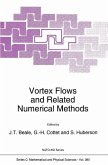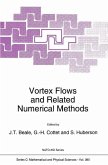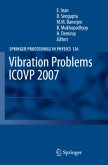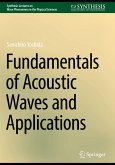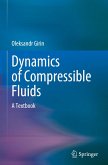In order to design the thermal control system of a spacecraft (satellite, space probe or manned vehicle), thermal engineer uses dedicated software. As the radiative component may play a predominant role, a ray tracing algorithm is used to compute view factors and radiative exchanges between surfaces of finite dimensions, assumed isothermal. External flows are also evaluated by ray tracing while the conductive couplings are usually encoded manually by the user. As ray tracing is based on a random process, the achieved accuracy is determined by the number of traced rays. In general, the choice of the number of rays is left at the discretion of the engineer, which can lead to errors. Another disadvantage of ray tracing is its low convergence. An acceleration method of ray tracing is necessary. An order of magnitude improvement in performance over existing Monte Carlo ray tracing techniques used for space thermal analysis, a statistical accuracy control to lead the thermal engineer during ray tracing, a simple approach combining conduction and radiation, geometry and finite elements, these are parts of the objectives reached in this thesis.
Bitte wählen Sie Ihr Anliegen aus.
Rechnungen
Retourenschein anfordern
Bestellstatus
Storno


